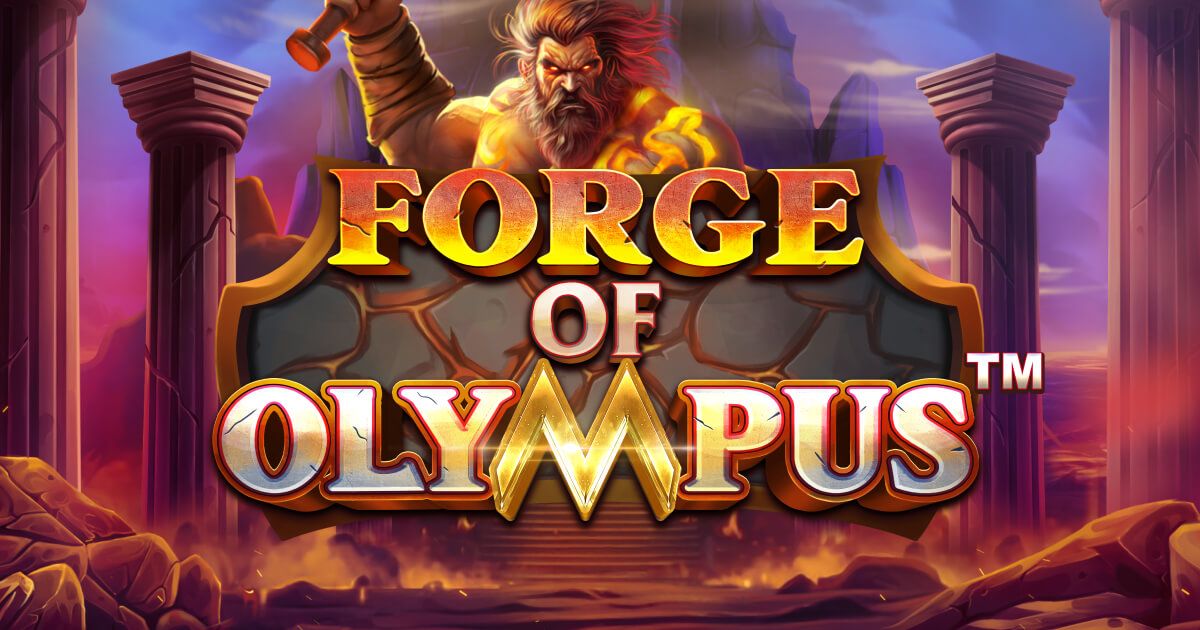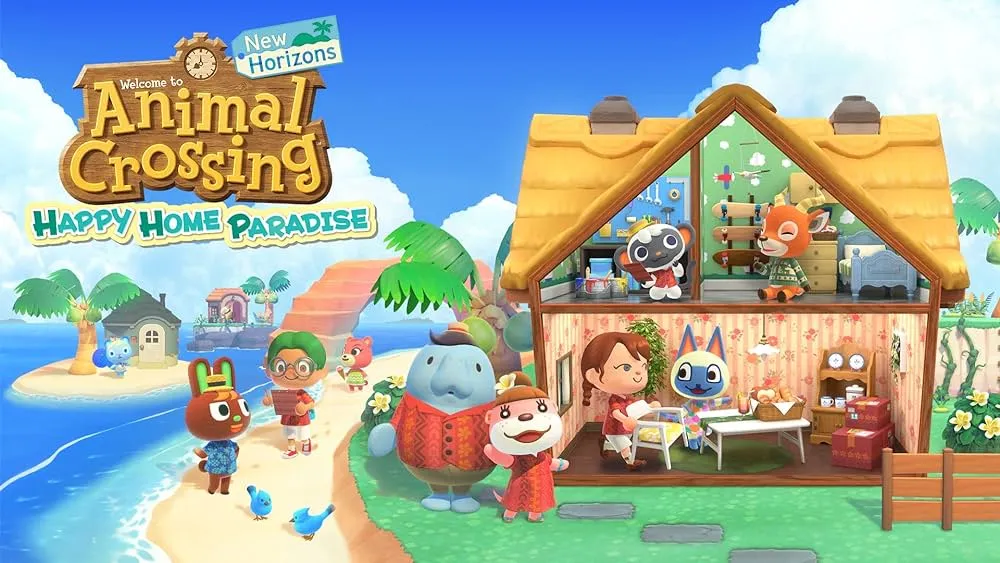The original Mortal Kombat 1 marked a significant turning point in the realm of fighting video games. It was not just a game but an event that revolutionized how gamers interacted with their entertainment, introducing them to a world filled with visceral combat, unique characters, and unforgettable finishing moves. With its innovative graphics, engaging gameplay mechanics, and an intricate storyline, Mortal Kombat 1 set the stage for what would become one of the most iconic franchises in gaming
Readmore: Khuyến mãi 88CLB
The Birth of a Cultural Phenomenon Mortal Kombat 1
To truly appreciate Mortal Kombat 1, we must delve into its inception and the circumstances surrounding its creation. This section will explore the origins of the game, the minds behind it, and the cultural impact it had upon release.
The Creative Minds Behind Mortal Kombat
- Mortal Kombat 1 was conceived by Ed Boon and John Tobias, who worked together at Midway Games. Their vision was daring; they sought to create a unique fighting game that stood apart from others in the market. Unlike other titles that utilized cartoonish graphics, Boon and Tobias went for digitized sprites, capturing real actors’ movements to give the game a more realistic feel.
- The process of digitizing real fighters was groundbreaking for its time. They brought in martial artists, including Daniel Pesina, who played multiple characters such as Johnny Cage, Scorpion, and Sub-Zero. The choice to use real-life actors added an authenticity that resonated with gamers. It provided a bridge between fantasy and reality that enriched the gameplay experience.
- Furthermore, the decision to incorporate elements of horror and mysticism helped Mortal Kombat 1 carve out its niche. While many competitors relied on sci-fi or traditional fantasy themes, Mortal Kombat 1 mixed martial arts with dark, supernatural elements, captivating audiences with its unique aesthetic.
The Game Mechanics That Redefined Fighting Games
- At its core, Mortal Kombat 1 introduced several gameplay mechanics that were revolutionary at the time. From the very beginning, players were drawn into intense one-on-one battles. The four-button control scheme allowed for greater experimentation with combos and special moves compared to the two-button systems prevalent in other titles.
- A particularly notable feature was the introduction of “Fatalities,” signature finishing moves that players could execute after winning the final round. These gruesome yet entertaining maneuvers became synonymous with the franchise and significantly contributed to its notoriety. Players found themselves not just competing but also showcasing their skill through these elaborate executions.
- Additionally, the inclusion of unique character backstories and rivalries gave depth to the game. Each fighter possessed distinct moves, abilities, and motivations, encouraging players to explore the lore behind their favorite characters. This level of engagement kept fans coming back for more, fostering a dedicated community that thrived on competition and exploration.
The Controversy Surrounding Mortal Kombat 1
- Upon its release, Mortal Kombat 1 didn’t just grab attention for its innovative gameplay; it also ignited a firestorm of controversy due to its graphic violence. The game featured brutal animations, blood, and dismemberment, raising concerns among parents and advocacy groups regarding its influence on children.
- The backlash culminated in congressional hearings in the United States, where lawmakers scrutinized the impact of violent video games on youth. This scrutiny eventually led to the formation of the Entertainment Software Rating Board (ESRB), which established a rating system designed to warn consumers about content appropriateness.
- However, rather than diminishing Mortal Kombat 1’s popularity, the controversy fueled its success. Gamers were intrigued by the forbidden nature of the title, creating a buzz that propelled sales. The blend of excitement and scandal crafted a narrative that surrounded the game, turning it into a pop culture phenomenon.
Platform Diversity and Accessibility
- Mortal Kombat 1 initially debuted in arcades, where it quickly gained traction due to its novelty and excitement. However, the transition to home consoles like the Sega Genesis and Super Nintendo broadened its reach and accessibility.
- This multi-platform strategy allowed players to engage with the game from the comfort of their homes, promoting community play and competition. Friends could gather, challenge each other, and share their experiences, establishing a social aspect that resonated with gamers.




